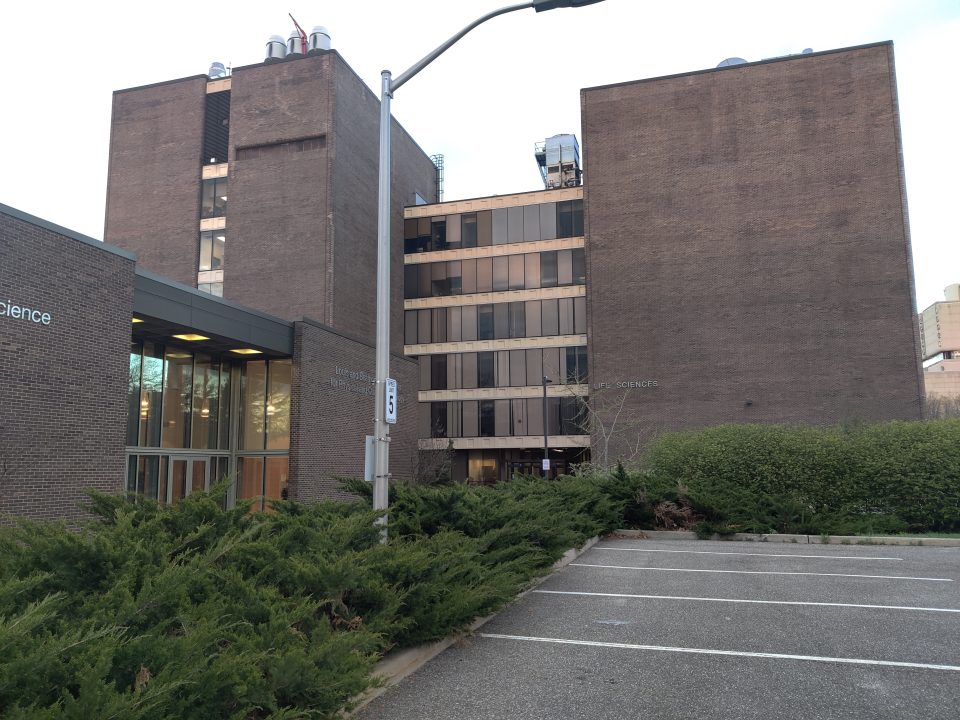
Xenia Gonikberg is a junior journalism and sociology double major with a minor in media arts.
The recent disappearance and subsequent homicide investigation of Gabby Petito, a Suffolk County woman who went missing while on a cross-country road trip with her fiancé, has been in the media’s spotlight given the suspicious nature of her disappearance and her fiancé’s erratic behavior in the days after she was reported missing. However, there are still thousands of people, particularly people of color, that go missing every year and are not given the same media coverage Petito’s case was given.
This phenomenon is commonly referred to as “missing white woman syndrome” and was coined by late PBS anchor Gwen Ifill. It is when mainstream media outlets are more invested in covering cases where white women go missing than covering cases involving people of color.
Jelani Day, a Black 25-year-old graduate student from Illinois State University went missing on Aug. 24 — around the same time frame that Petito went missing. Yet, his disappearance was given little media attention until his mother pushed for his case to be given the same treatment as Petito’s by authorities. His body was recently found in a river a month after he went missing and nine days after his car was found in the Illinois River.
Another case brought to the media forefront by Petito’s disappearance is that of Lauren Cho, a 30-year-old Korean-American woman who disappeared near Joshua Tree National Park in California on June 28. Police conducted a search of the Airbnb she was staying at on July 31, but nothing tangible has come up in the investigation that has been reported to the public.
These are only a few of the handful of cases that have been receiving media attention in the wake of Petito’s case. There are still countless cases of missing people that have not been reported or given the same media coverage as those of Day and Cho. It is important to remember that with each case, there is a family looking for answers as to what happened to their loved one.
Around 543,000 people have gone missing in the U.S. in 2020, according to data compiled from the National Crime Information Center, and almost 40% of that number are people of color. Approximately 600,000 people go missing annually, and 4,400 unidentified bodies are found each year. Black women make up less than 7% of the U.S. population and yet make up 10% of all missing persons cases across the country.
The Black and Missing Foundation estimates that there are a total of 64,000 Black women and girls who have disappeared according to data reported in 2019.
The lack of substantial media coverage surrounding minority missing persons can be attributed to stereotypes and misconceptions surrounding minorities, particularly Black women. Either they are classified as runaways or as criminals that live in dangerous areas.
These stereotypes are incredibly harmful in more ways than one. Mainly, it prevents news outlets from wanting to report on cases involving people of color because they don’t make good victims according to these stereotypes, making it harder for the public to sympathize with their cases. Reinforcing these stereotypes in the media prevents people of color from getting the coverage they deserve, which can lead to their cases staying unsolved because there is a lack of interest in investigating them.
Every missing persons case should be treated the same by police and the media. Each case is important and deserves the full attention and cooperation of law enforcement. While allocating resources for finding missing people might be a difficult thing for police to do, there are still ways to bring attention to those cases despite the limited resources available for these local agencies.
There are tools that police departments can use when investigating missing persons cases.
For instance, the National Missing and Unidentified Persons System is a great resource for police to use, as it has free forensic services, investigative support staff and outreach programs that are available for local law enforcement. They can also call on television programs like “America’s Most Wanted” and “On the Case with Paula Zahn” to get national attention for their cases and to generate leads or tips.
There is no excuse for some cases to be getting more spotlight than others, especially when those cases involve foul play. Each person who goes missing has someone who is looking for them and wanting answers, so only giving attention to a select few cases shows those family members that their loved one’s case isn’t as important. But each missing persons case, no matter how complex or gruesome it is, should be given the same law enforcement resources and media coverage.
Missing white woman syndrome is all too common within mainstream media, so hopefully the conversations surrounding Petito’s case coverage can spark change among media outlets and law enforcement agencies and promote more equal coverage.


















